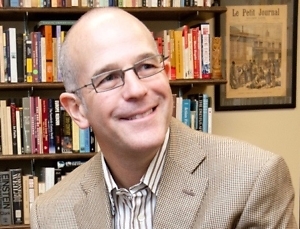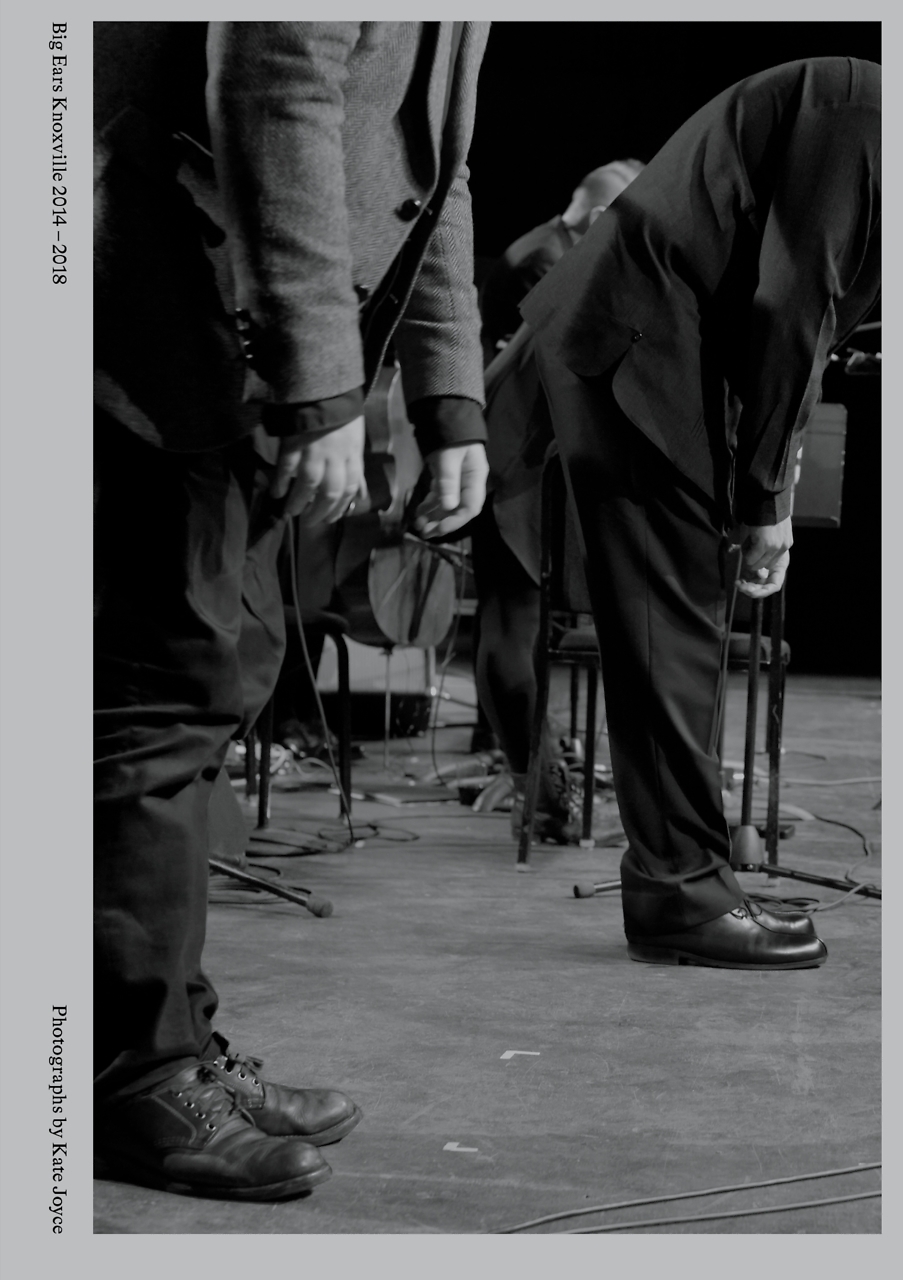To Memphis at 200
From the Chickasaw Bluffs to the Grizzlies’ “grit and grind,” Memphis abides
By the time Memphis was founded in 1819 on the bluffs overlooking the Mississippi River, its inhabitants had already become “a confluence of multiple voices with diverse perspectives,” editors Karen B. Golightly and Jonathan Judaken write in their foreword to Memphis: 200 Years Together, a collection of 16 essays by scholars and journalists surveying the city’s complex history and culture.

As Shelby County’s current mayor, Lee Harris, writes in the book’s introduction, “Memphis has reinvented itself time and time again through the years. It has faced down tremendous existential threats — yellow fever, the Memphis Massacre lynching, the King assassination — that would have devastated any other place. Yet, each time the city finds a way to turn the corner and order up a makeover.”
The central tension, of course, is racial. “Memphis is a city in black and white, a vibrant city with a divided heart,” Beverly G. Bond and Janann Sherman write in the first essay, “Founding Memphis.” The modern history of Memphis begins with trade, as first Spanish, then French, British, and finally American adventurers entered a rich land inhabited by the Chickasaw peoples, who had created a well-developed infrastructure of trails, docks, and settlements.
In 1766 an Englishman, Thomas Hutchins, found the bluffs to be a “commanding, airy, pleasant, and extensive situation for settlements,” Bond and Sherman note. Tennessee, initially part of North Carolina, was admitted to the Union as the 16th state June 1, 1796, and in 1818 James Winchester, John Overton, and Andrew Jackson laid out the plan for a city, a rectangle that is now the heart of downtown Memphis.
Memphis soon boomed, its rise fueled by King Cotton and a lucrative trade in human beings that made it the largest inland cotton market in the world and the largest inland slave market in the mid-South. By 1860 the enslaved population of Shelby County was 16,953, up from 103 in 1820, as Timothy S. Huebner notes in “The Civil War and Its Legacy in Memphis.”

The Civil War upended the entire corrupt structure of the antebellum South, and that profound change came more quickly to Memphis than the rest of the Confederacy. In 1862 the Union Navy defeated the Confederates in a brief battle as city residents watched from the bluffs. Union forces occupied the city, and almost immediately, the enslaved began fleeing the plantations, seeking freedom in Memphis.
“Through secession and war, Union occupation and Black migration, White violence and Black resistance, the history of the Civil War and its legacy in Memphis is long, complicated and oppressive,” Huebner writes.
Over the next decades, Memphis became a biracial city with a thriving black middle class. It was home to the nation’s first black millionaires — men like Robert R. Church, who built a magnificent Queen Anne mansion on Lauderdale, a street where black and white elites lived in relative harmony. Memphis also produced luminaries such as the Hooks brothers, whose descendent Benjamin Hooks later led the NAACP.
Throughout the late 19th and 20th centuries, musicians brought blues and soul out of the Delta into Beale Street bars. Black cooks offered up pork barbecue and collard greens in restaurants like The Rendezvous that have made the city a gastronomic Mecca for visitors from all over the world. Black culture permeates every aspect of the city’s life. While all Memphians eat up the ribs and love the sweet chords B.B. King drew from Lucille, the two sides of Memphis life have never melted into one big bowl of downhome stew, as the most infamous moments in Memphis history prove.
 “In the epic narrative of the American civil rights movement, Memphis is the stage for tragedy. It serves as the setting for a hero’s nightmare downfall, leaving an aftermath of disillusion and defeatism. Upon the assassination of Martin Luther King Jr, on April 4, 1968, an epoch of nonviolent protest appeared dead, while Black communities quaked with grief and rage,” historian Aram Goudsouzian writes.
“In the epic narrative of the American civil rights movement, Memphis is the stage for tragedy. It serves as the setting for a hero’s nightmare downfall, leaving an aftermath of disillusion and defeatism. Upon the assassination of Martin Luther King Jr, on April 4, 1968, an epoch of nonviolent protest appeared dead, while Black communities quaked with grief and rage,” historian Aram Goudsouzian writes.
Memphis enters the 21st century searching for way to rise above its legacy of violence and tragedy. It is now one of the poorest cities in America. White flight has drained its resources, and newcomers have little knowledge of its nuanced history. As Zandria F. Robinson writes in “Real Museums of Memphis,” the city now counts on “a kind of gross boosterism … built on the post-racial capitalist fantasy of ‘grit and grind,’” a phrase made popular by the Memphis Grizzlies basketball franchise.
The New South may be the Old South with a different accent, but in Memphis people of all ethnicities and histories have lived together for 200 years in an uneasy, yet creative, intimacy unusual in America. Like the muddy river that keeps on rolling by the bluffs, these collected essays show how Memphis and its people, with all their flaws and unhealed wounds, abide, together.

Lyda Phillips is a veteran journalist who grew up in Memphis and has earned degrees from Northwestern, Columbia, and Vanderbilt universities. The author of two young adult novels, she worked for United Press International before returning to Nashville.


